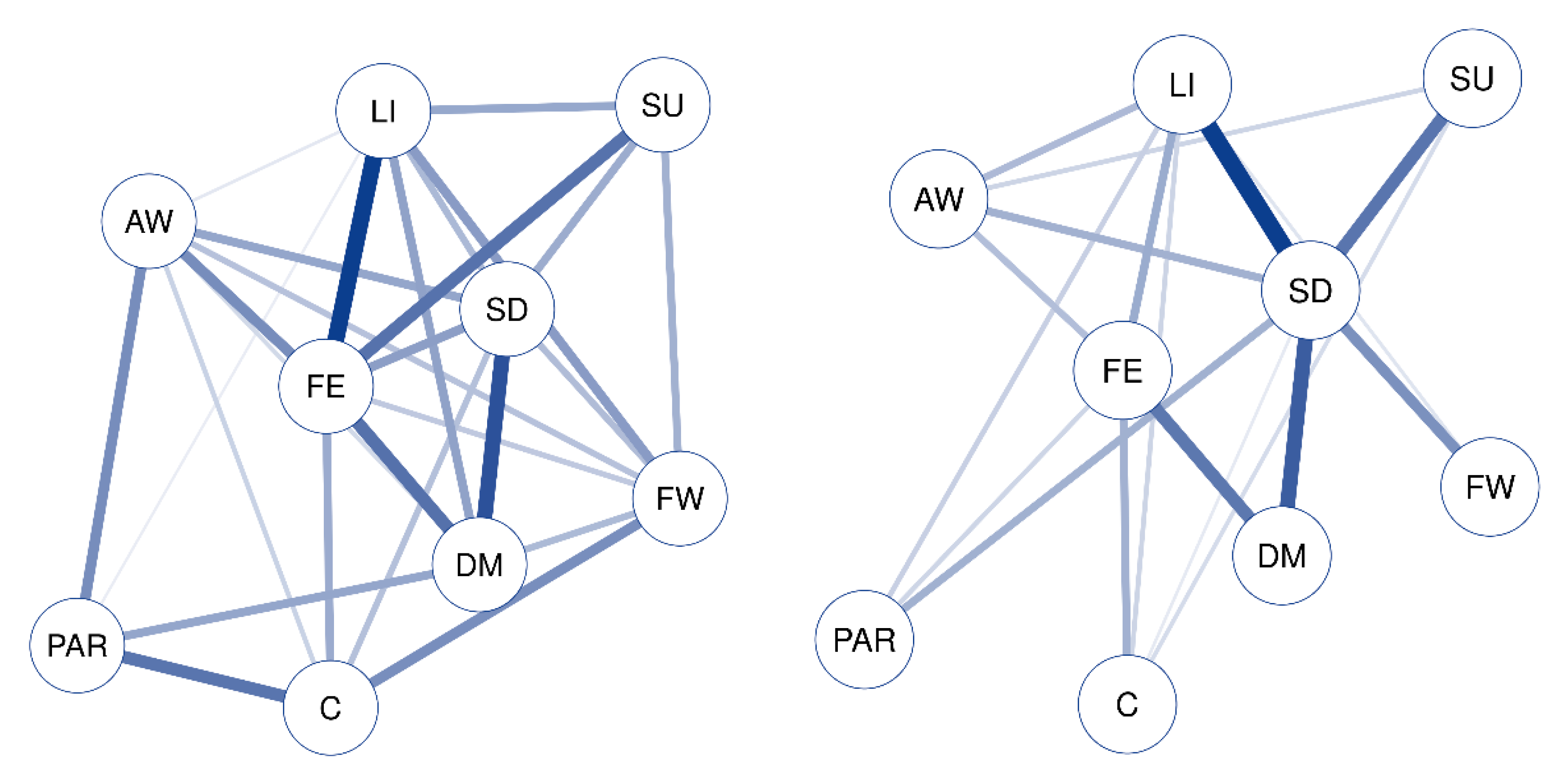

That’s partly because this isn’t an officially recognized condition yet. There’s limited research available on how commonly maladaptive daydreaming happens. Eli Somer, PhD, a clinical psychology professor in Israel, coined the term in 2002. The term “maladaptive daydreaming” is relatively new. However, this isn’t something that all people with maladaptive daydreaming have. Lastly, many people who experience maladaptive daydreaming have a history of abuse or trauma, especially during childhood. However, more research is necessary to determine how common it is in people depending on their age. Some research suggests it’s more common in younger people, especially young adults and teenagers, and that it can also happen to children. Attention deficit hyperactivity disorder (ADHD).Īge can also be a factor in maladaptive daydreaming.The conditions that are common with maladaptive daydreaming are: Maladaptive daydreaming is most common in people with conditions that affect their mental health or certain types of brain functions. However, there’s evidence that maladaptive daydreaming is different from these other conditions and should be declared a separate disorder. This issue also overlaps with several other mental health and neurological conditions. That means it’s difficult - if not impossible - to control that you’re doing it. Research also shows this kind of daydreaming might be compulsive. People who do this tend to “lose themselves” in extremely vivid and detailed daydreams. “Maladaptive” means this type of daydreaming is an unhealthy or negative attempt to cope with or adapt to a problem. Maladaptive daydreaming is a mental health issue where a person daydreams excessively, sometimes for hours at a time.


 0 kommentar(er)
0 kommentar(er)
